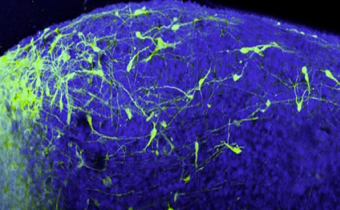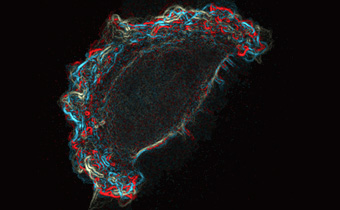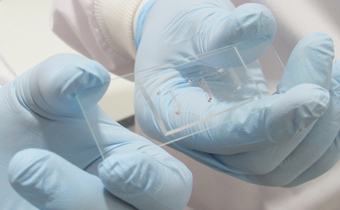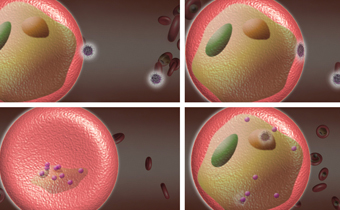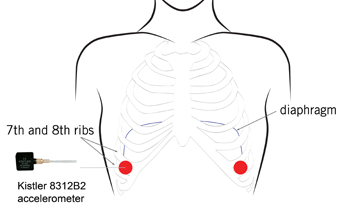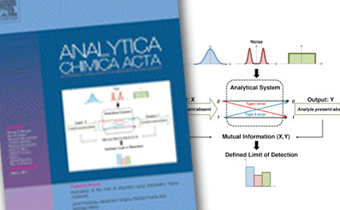Research news
Researchers uncover a fundamental mechanism in breast cancer
 A study by IBEC researchers reveals in Nature Materials how mammary cells detect tissue stiffening, which is key to the development of breast cancer
A study by IBEC researchers reveals in Nature Materials how mammary cells detect tissue stiffening, which is key to the development of breast cancer
Achieving control of tissue stiffness could open a new avenue to treat tumours like those in the breast
Abnormally rigid tissues are also found in several other types of cancer, so the newly revealed mechanism could be a key aspect behind the onset of various diseases
Sounds of health
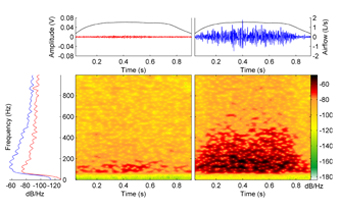 A new acoustic method for better diagnosis in patients with diaphragmatic paralysis
A new acoustic method for better diagnosis in patients with diaphragmatic paralysis
A PLOS ONE article by researchers from the joint unit IBEC, the Fundació Institut Germans Trias i Pujol (IGTP) and the Pneumology Service at Germans Trias i Pujol University Hospital describes the acoustic analysis of pulmonary sound intensity as a non-invasive, more objective, easier and cheaper method to improve diagnostics in unilateral diaphragmatic paralysis.
Faster and more accurate testing for causes of lower respiratory tract infections
 Research and industry collaboration develops miniature diagnostic platform for respiratory infections such as pneumonia and infectious bronchitis
Research and industry collaboration develops miniature diagnostic platform for respiratory infections such as pneumonia and infectious bronchitis
Featured on the cover of the latest issue of Lab on a Chip
Helping the brain rebuild itself
 A new strategy in regenerative medicine could promote recovery from damage
A new strategy in regenerative medicine could promote recovery from damage
Tissue regeneration researchers at IBEC, UB and the UPC have developed an implant that could aid the regeneration of brain tissue, particularly in cases of pre- and postnatal injury.
Researchers and clinicians create first functional human ‘splenon-on-a-chip’
 Researchers from IBEC and ISGlobal’s research centre CRESIB make a major breakthrough in the field of microengineered organs on chips
Researchers from IBEC and ISGlobal’s research centre CRESIB make a major breakthrough in the field of microengineered organs on chips
Scientists from the Institute of Bioengineering of Catalonia (IBEC) and ISGlobal’s research centre CRESIB have designed the first-ever functional 3D splenon capable of reproducing the function of the spleen, which is to filter red blood cells. To do this, they created a microscale platform that reproduces the physical and hydrodynamic properties of the functional unit of the splenic red pulp, the splenon. The device may serve to investigate potential drugs for malaria and other blood disorders. The study reporting the development was published in Lab on a Chip.
Nanoparticles as drug carriers for malaria
 Drugs in nanocapsules ‘recognise’ the infected cells of different types of malaria and could help curb resistance
Drugs in nanocapsules ‘recognise’ the infected cells of different types of malaria and could help curb resistance
A study by researchers from the Institute for Bioengineering of Catalonia (IBEC) and the Barcelona Centre for International Health Research (CRESIB) demonstrates that an antimalarial drug encapsulated in nanoparticles—chloroquine salts in polyamidoamine polymers—is significantly more effective when delivered in vivo than free (unencapsulated) drugs and may help to curb drug resistance.

